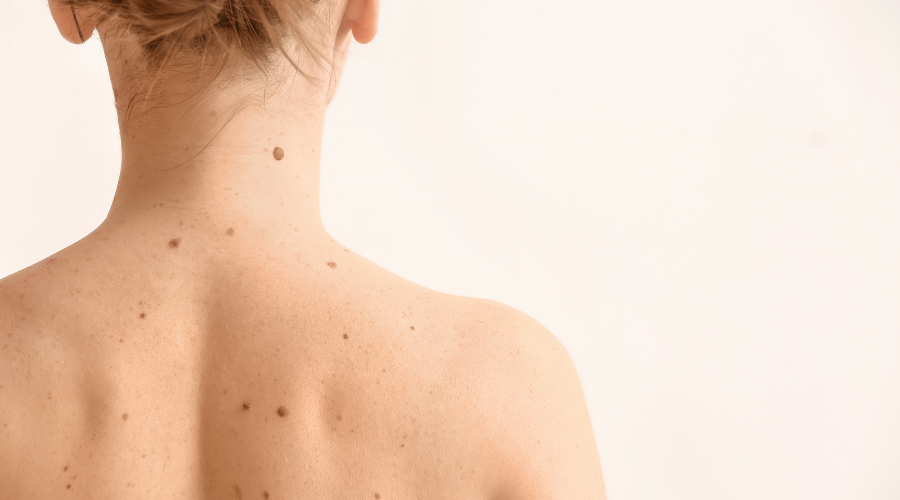Are Moles Dangerous?
Are Moles Dangerous?
The structures in our body consisting of pigments called brown or black melanin are called moles. Moles can be in the form of spots or raised from the surface. It can be seen in different types, sometimes completely round and sometimes scattered. Moles are mostly caused by genetic factors and they are located on the skin from birth. However, there may be moles that come out with age. These moles are mostly caused by environmental factors and sun rays. Let’s talk about in which situations moles can be dangerous and in what situations should be suspected.
Why do they occur? In Which Situations Should It Be Treated?
As we mentioned above, moles can form or change color under the influence of sun rays. The sun’s UVA and UVB rays are known as harmful rays to the skin and can cause an increase in the melanocytes that provide mole formation and can cause the formation of new moles or cancer. Therefore, it is recommended to use sunscreen, especially in summer. Another factor is the genetic factors, which we can say perhaps the most effective on moles. Moles caused by genetic factors are also at risk of being affected by sunlight and becoming cancerous.
Let’s talk about when moles are dangerous and when they may require treatment. Our first criterion is the color of the moles. If a mole is partly dark and some is light-colored, or if a light-colored mole has darkened over time, you should be careful. If your mole is larger than 5 mm in diameter or if a small mole has grown, it may be something to be suspected. Apart from these, if the shape of your mole has become irregular, asymmetrical, if you see bleeding in your mole or if your mole is itchy, you may need treatment. However, these are the conditions to be considered, and the presence of all of them does not indicate that you have cancer. These are the cases where you only need to go to the doctor for control purposes.
What Are A, B, C, D Criteria in Moles? Based on What Is It Determined?
A, B, C, D criteria are the criteria that dermatologists pay attention to when examining a mole. A is referred to as asymmetry, and when a mole is imaginatively divided into two parts, it is desired to be symmetrical. B stands for border, and it is the criterion to see if the edges of the mole are surrounded by smooth borders. C means color and the color, color change and color transition of the mole are looked at. The last criterion, D, means diameter, and as we mentioned above, it is used to determine moles of 5 mm and above.
How Does the Treatment Process Work?
Moles that pose a danger or that are thought to pose a danger are removed. There are several treatment options for mole removal. Today, moles can be removed with radiocautery, plexer laser, cryotherapy and surgical procedures. In all of the treatment types we have mentioned, anesthesia is primarily performed. A pink scar may remain after the treatments, but this will pass over time. In addition, the success rate is very high in moles that are surgically removed using a scalpel. The information that scalpel procedures increase the rate of cancer in the community is completely wrong, and on the contrary, it prevents moles from becoming cancerous in early diagnosis. After each mole removal procedure, regular check-ups should be made and the sun should be protected by using sunscreen as much as possible.



